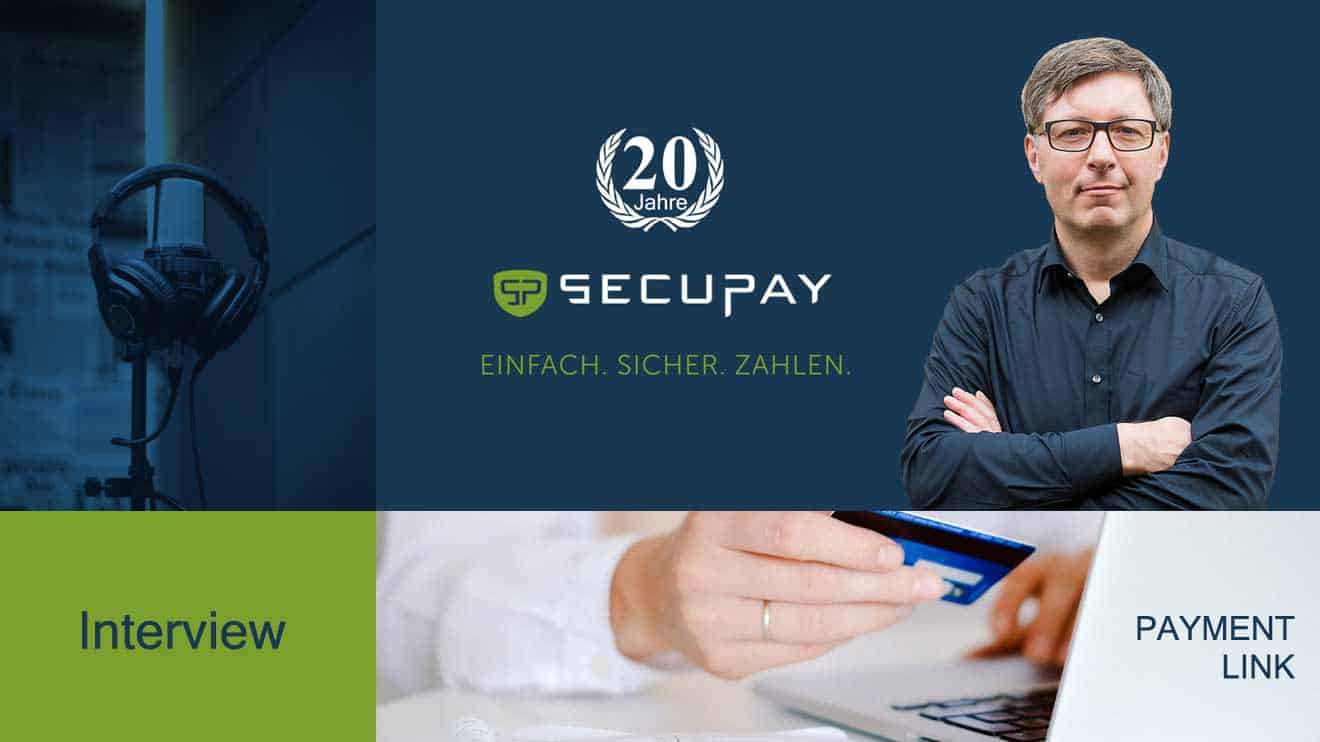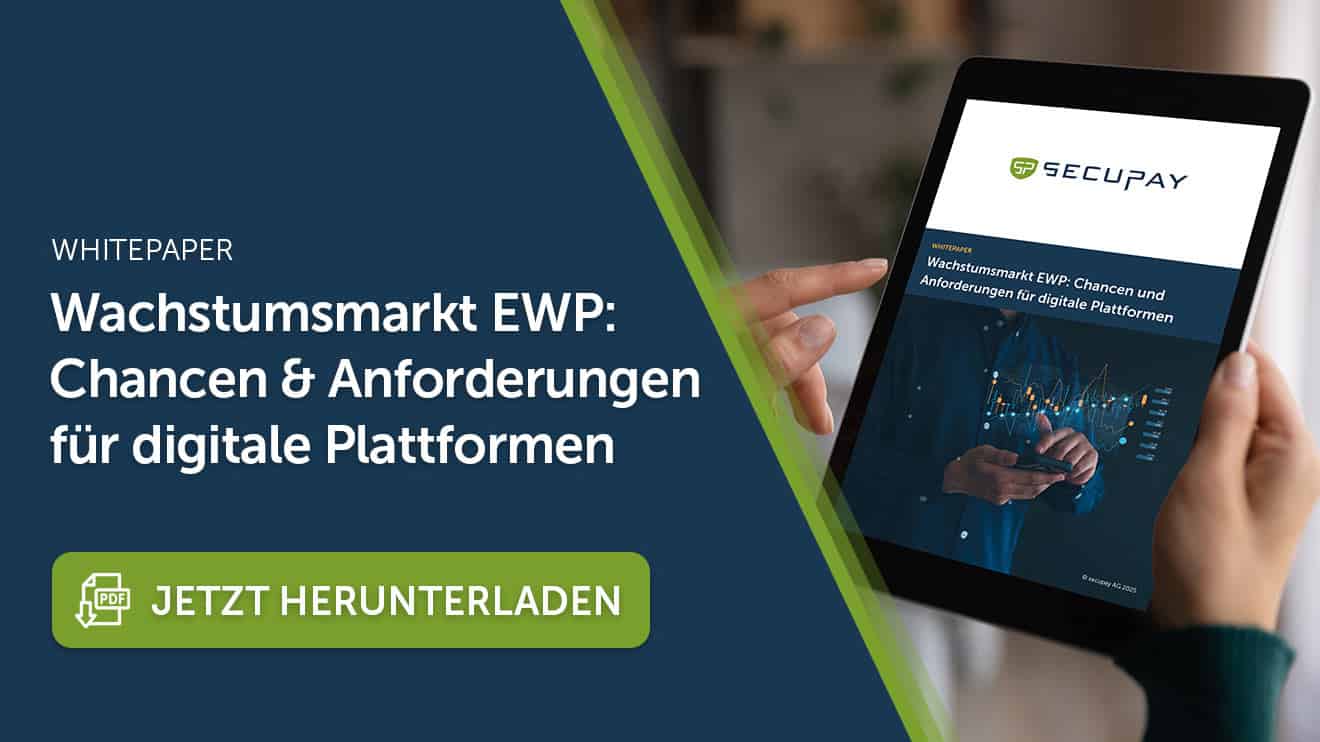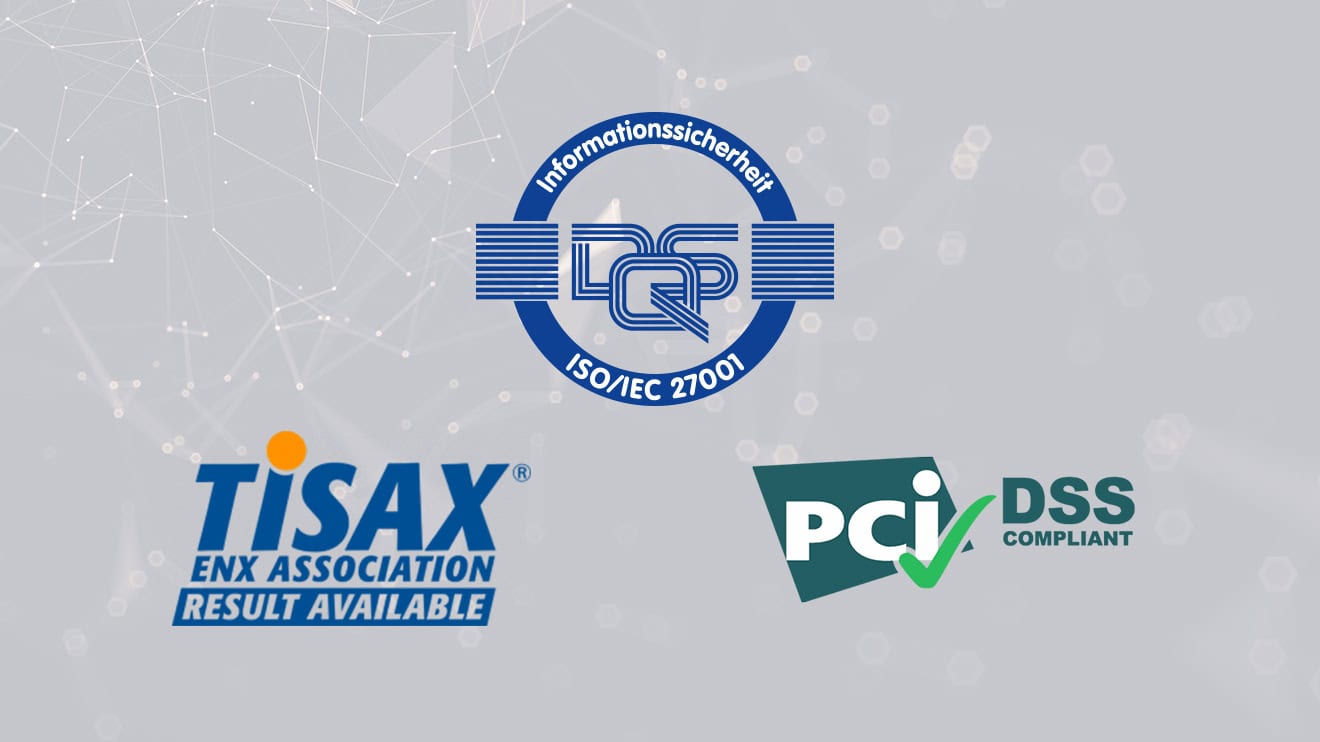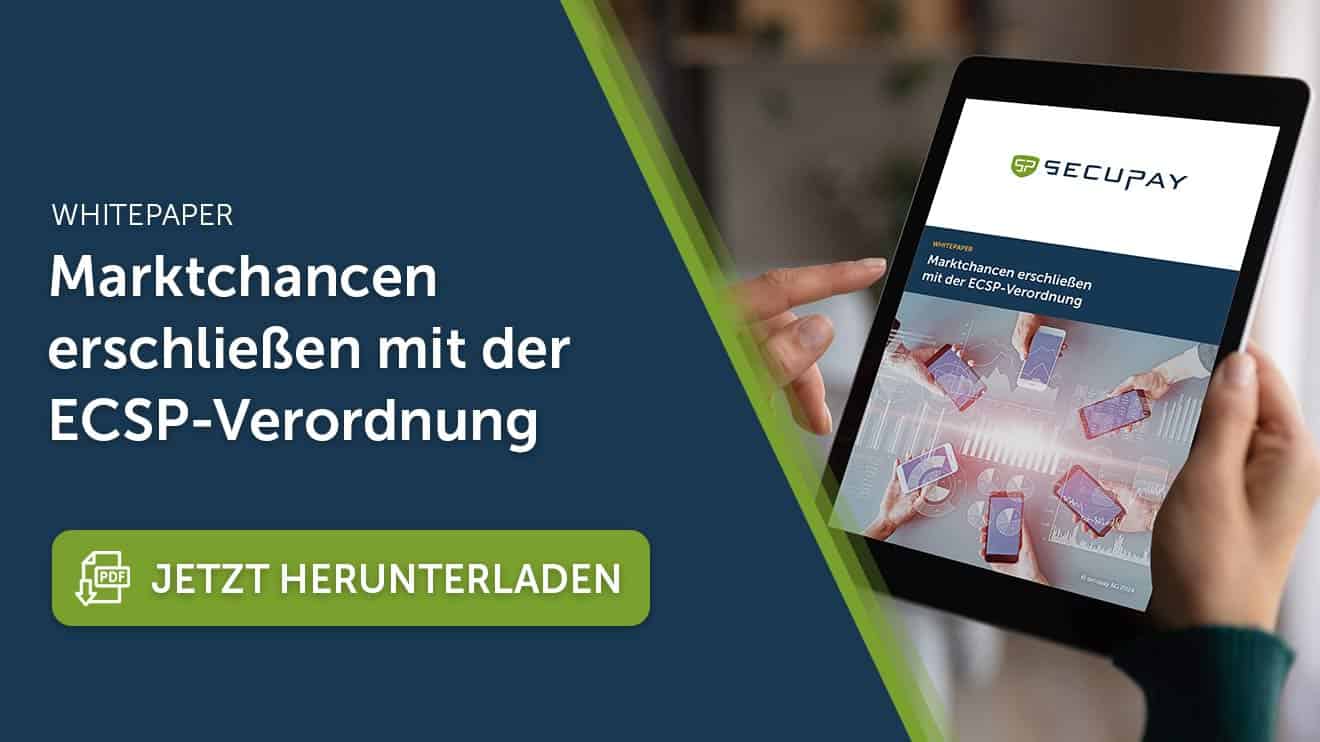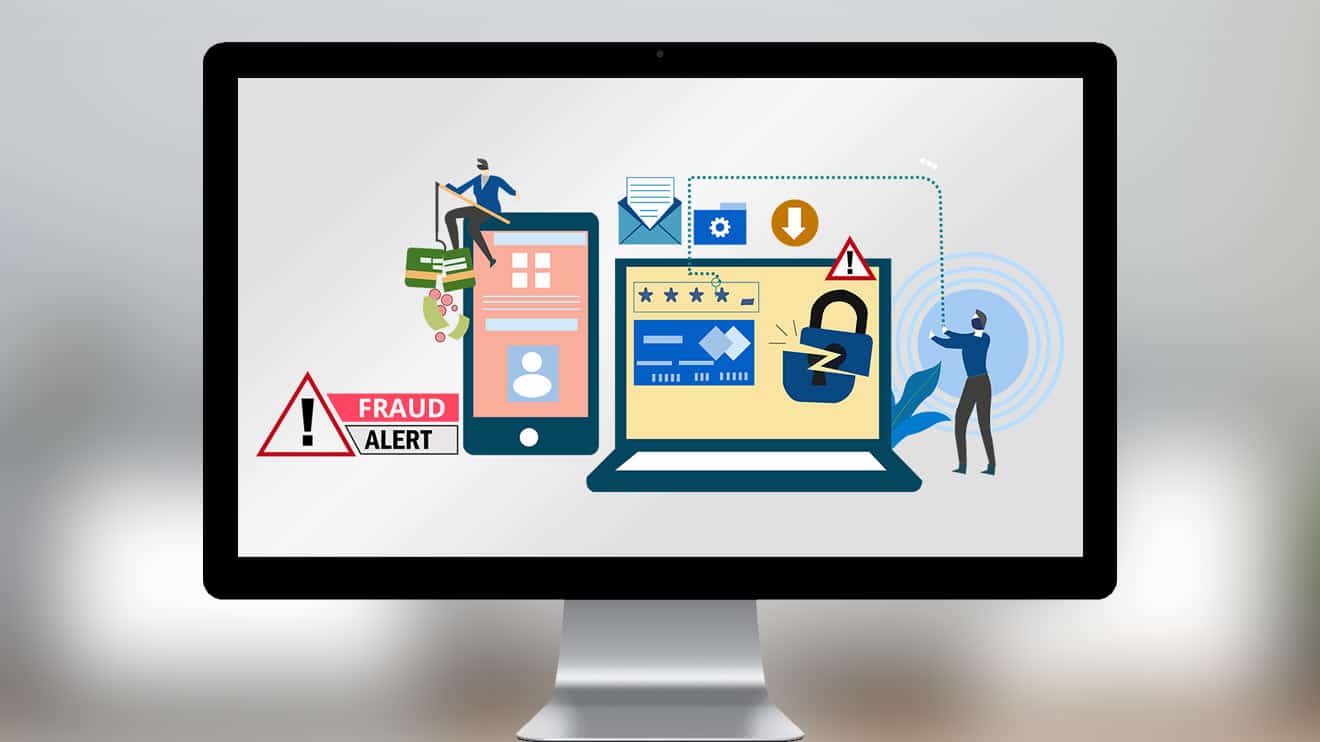Interview with expert H.P. Weber about the secupay product Paymentlink.
If cc payments or deposits are handled by phone or email, this can quickly become a major annoyance for the merchant. Why?
That's right. If the merchant receives the payment data, for example, by email or telephone, and thus triggers a payment, it may have unpleasant consequences for them. Namely, in those instances where the buyer claims not to have made the purchase. Examples: A hotelier triggers a deposit with the transmitted cc data of the supposed guest, reserves a room – and the guest does not show up on the day of the booking – without ever having cancelled. Or ordered goods are sent after self-triggered payment – afterwards, it turns out that the product was not ordered by the cardholder at all because the card was stolen.Who is liable in these cases?
If the merchant cannot prove that the payment was initiated by the customer, the merchant is liable. You can imagine that it is hard for a merchant to provide proof for transactions made by phone or email. If such chargebacks occur more frequently, the merchant may also run into problems with its acquirer.